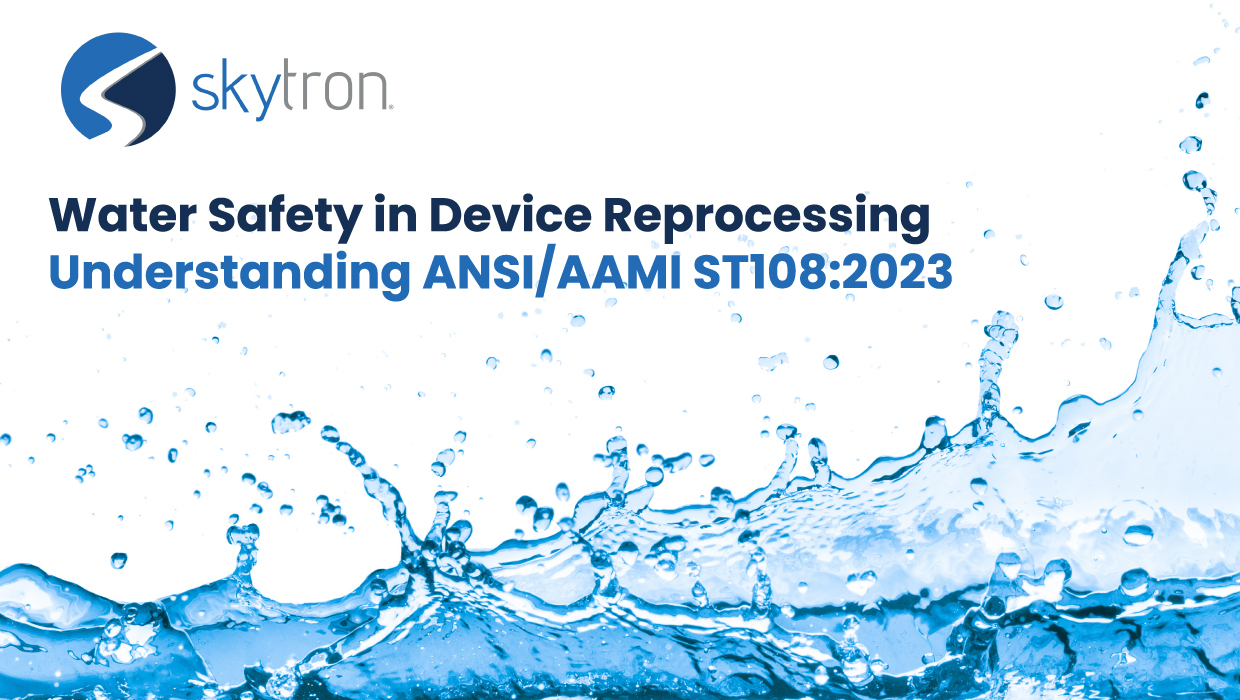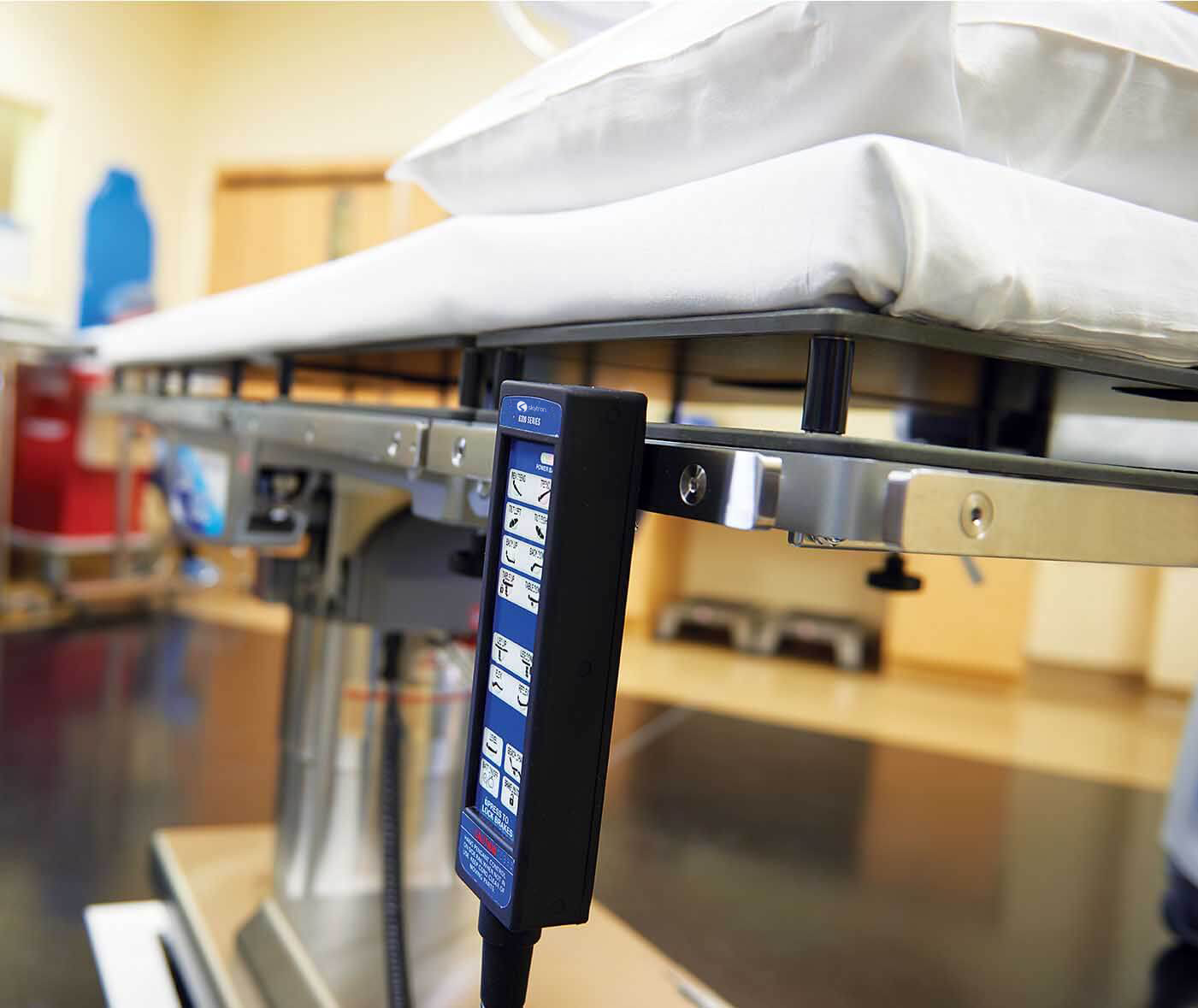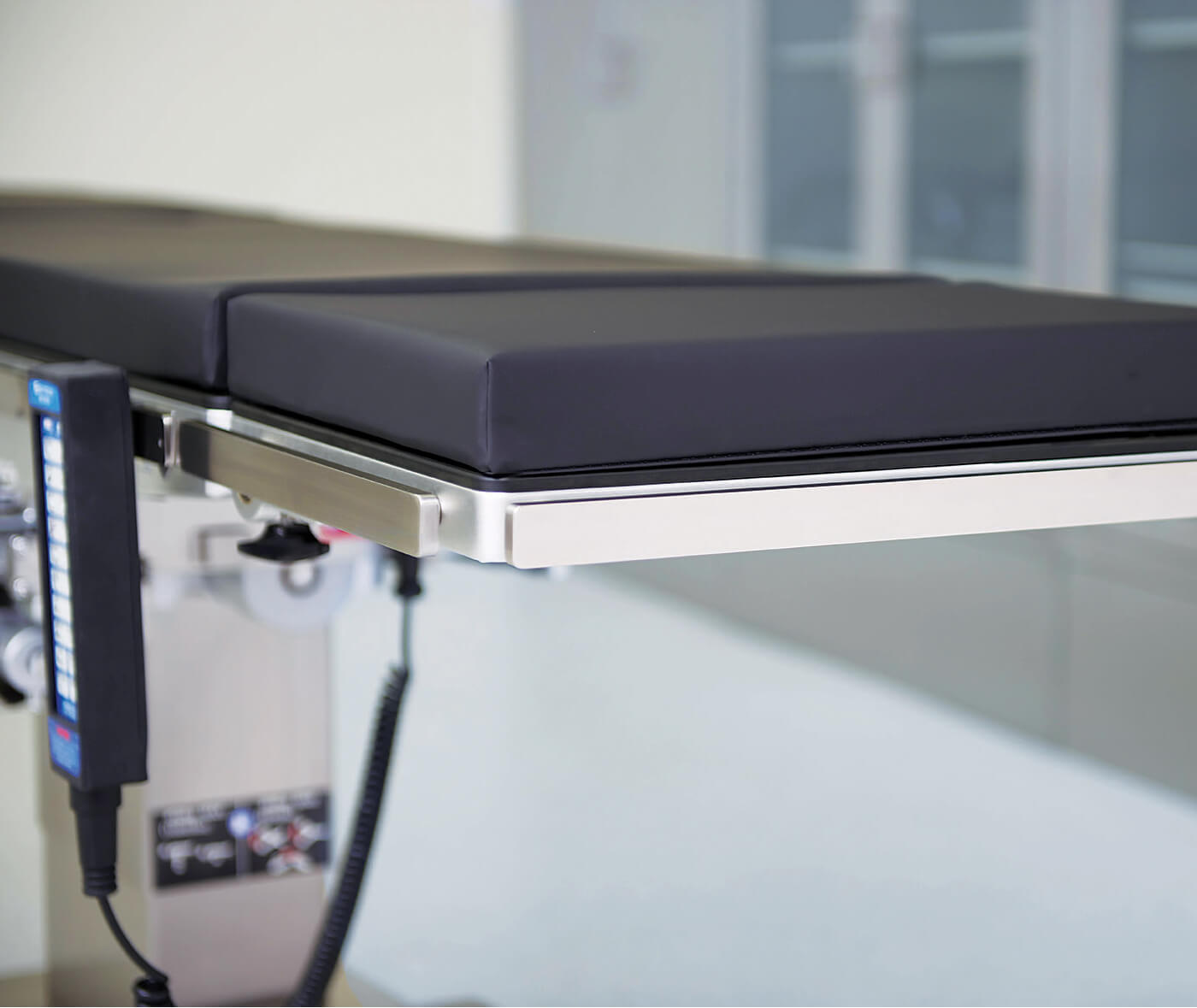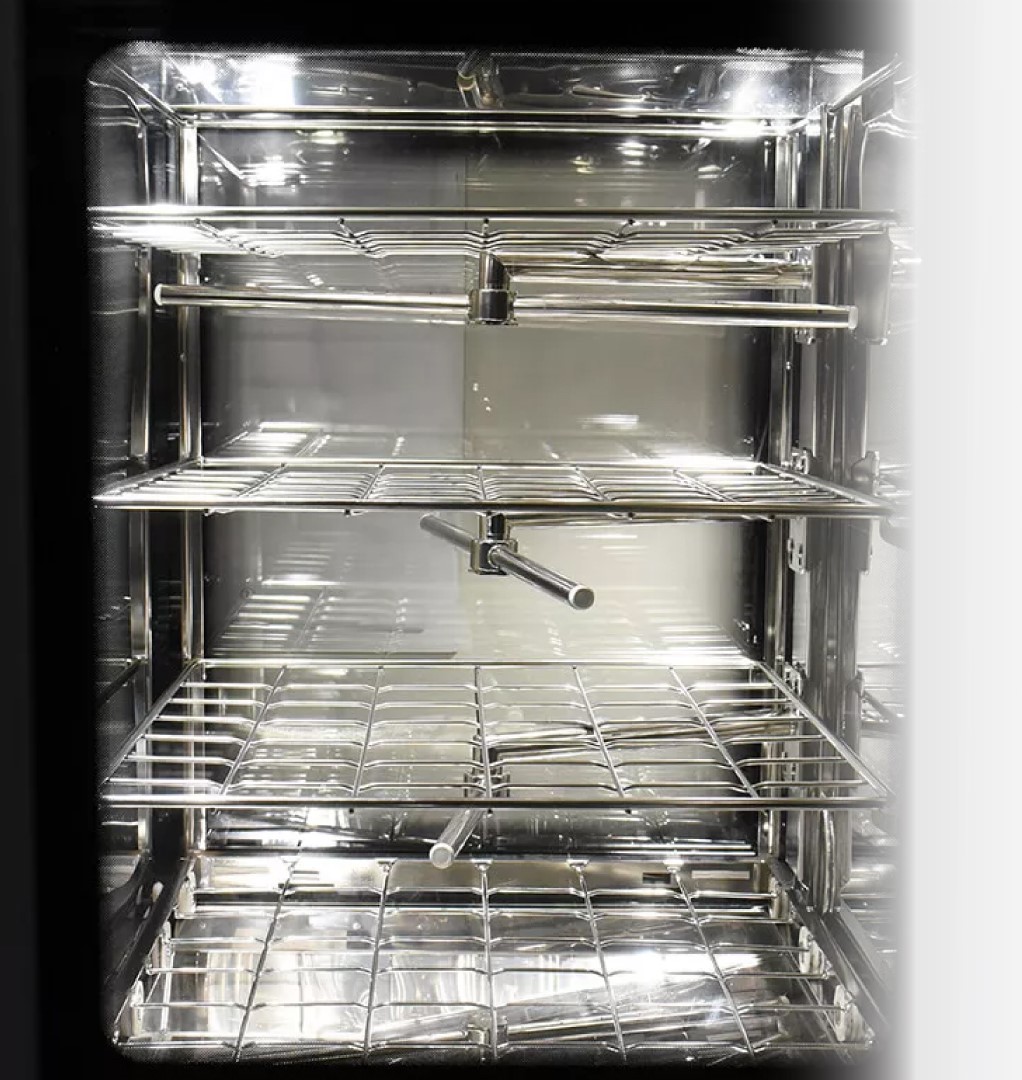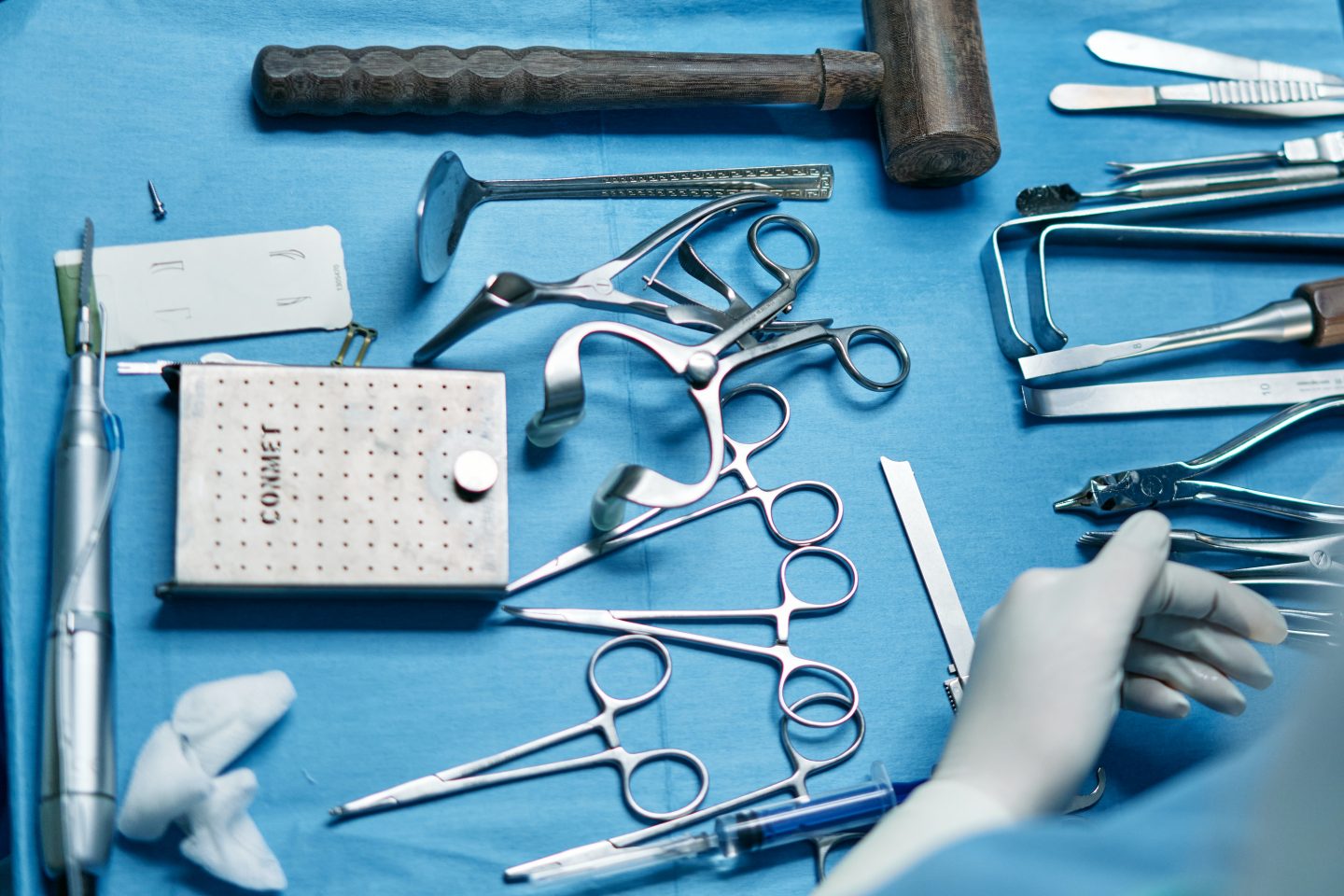
-
Written ByRebecca Kinney
-
PublishedJune 21, 2022
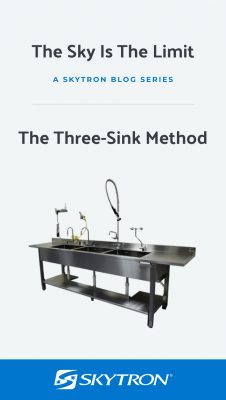
walk through the difference between cleaning and decontamination, the three-sink method, and instances in which manual cleaning is required.
The difference between cleaning & disinfecting
“Cleaning refers to the removal of all visible and non-visible soil and any other foreign material. It is the first and most important step in the disinfection or sterilization process. One can clean without sterilizing or disinfecting, but one cannot sterilize or disinfect without cleaning. In contrast, decontamination relates to removing or reducing contamination by infectious organisms or other harmful substances. The purpose of decontamination is to make the device safe for handling without PPE. Some devices are safe for handling after a thorough cleaning, while others require exposure to a microbicidal process.” (2)
The two types of cleaning include manual and mechanical. Manual cleaning is used to physically remove
deposits not removed or only softened during pre-soaking. It is used prior to mechanical cleaning to
remove gross debris and heavily soiled items.
Mechanical cleaning includes ultrasonic cleaners and mechanical washers. Ultrasonic vibrations create
tiny air bubbles that grow larger until they implode or collapse. This process, called cavitation, dislodges
soil that is present, and the process is superior to manual cleaning because it can reach parts of the
device that are inaccessible with manual brushing or rinsing procedures. Mechanical/Automated
instrument washers “use several steps in the wash process, including:
1) pre-rinse to wet the instruments
2) detergent cycle with higher temperature water
3) lubrication cycle
4) rinse cycle(s)
5) dry cycle
Most automated instrument washers are sold with pre-set factory-installed cycles.” (2)
The three-sink method
According to Outpatient Surgery Magazine “The three-sink method is considered the gold standard for
manual washing.” (1)
Sink 1: Contains water and a detergent solution, for active washing.
Sink 2: Contains water, for rinsing; and
Sink 3: Contains distilled, de-ionized, or reverse osmosis water, for a final rinse
When manual cleaning is required
There are certain occasions when manual cleaning is necessary:
1. Your washer disinfector is not working properly
2. The OEM recommends manual cleaning in Instructions for Use (IFUs)
3. Certain device is NOT suitable to be processed in washer disinfector for example delicate
eye instruments (again refer to IFUs)
Your healthcare facility cannot afford to take risks when it comes to infection prevention. Our
Skytron processing sinks offer height-adjustable processing to complement your disinfection
processes and offer either right-to-left or left-to-right workflow capabilities. We offer single,
dual, or triple basins to fit your exact needs. We want to help you create a cleaner work
environment and alleviate physical stress. Learn more about how our processing sinks can help
you achieve just that Height Adjustable Processing Sinks for Healthcare | Skytron – Skytron, LLC
Citations
1. 4 Easy Steps to Effective Decontamination
2. CIS Self-Study Lesson Plan



